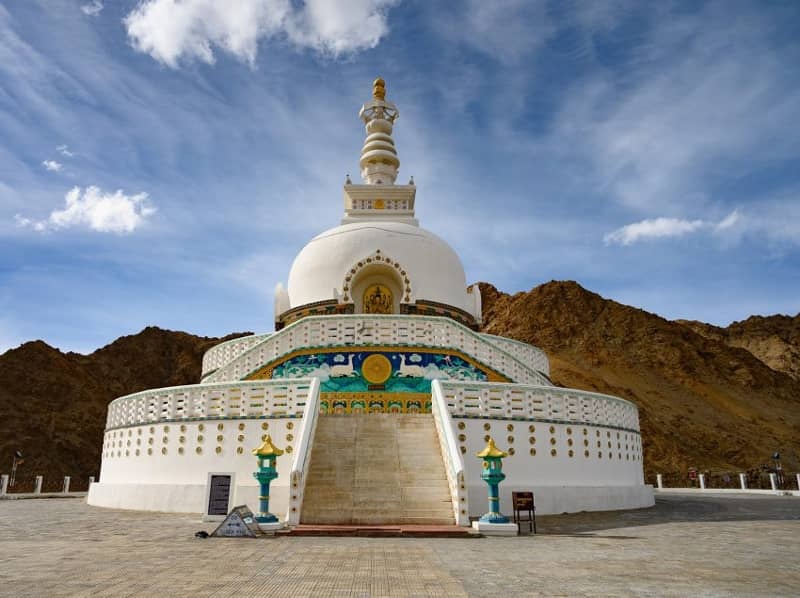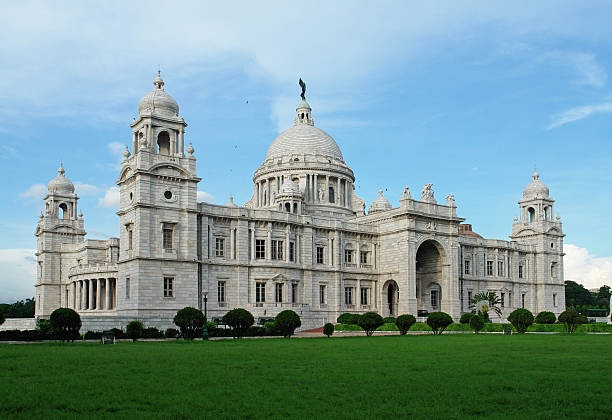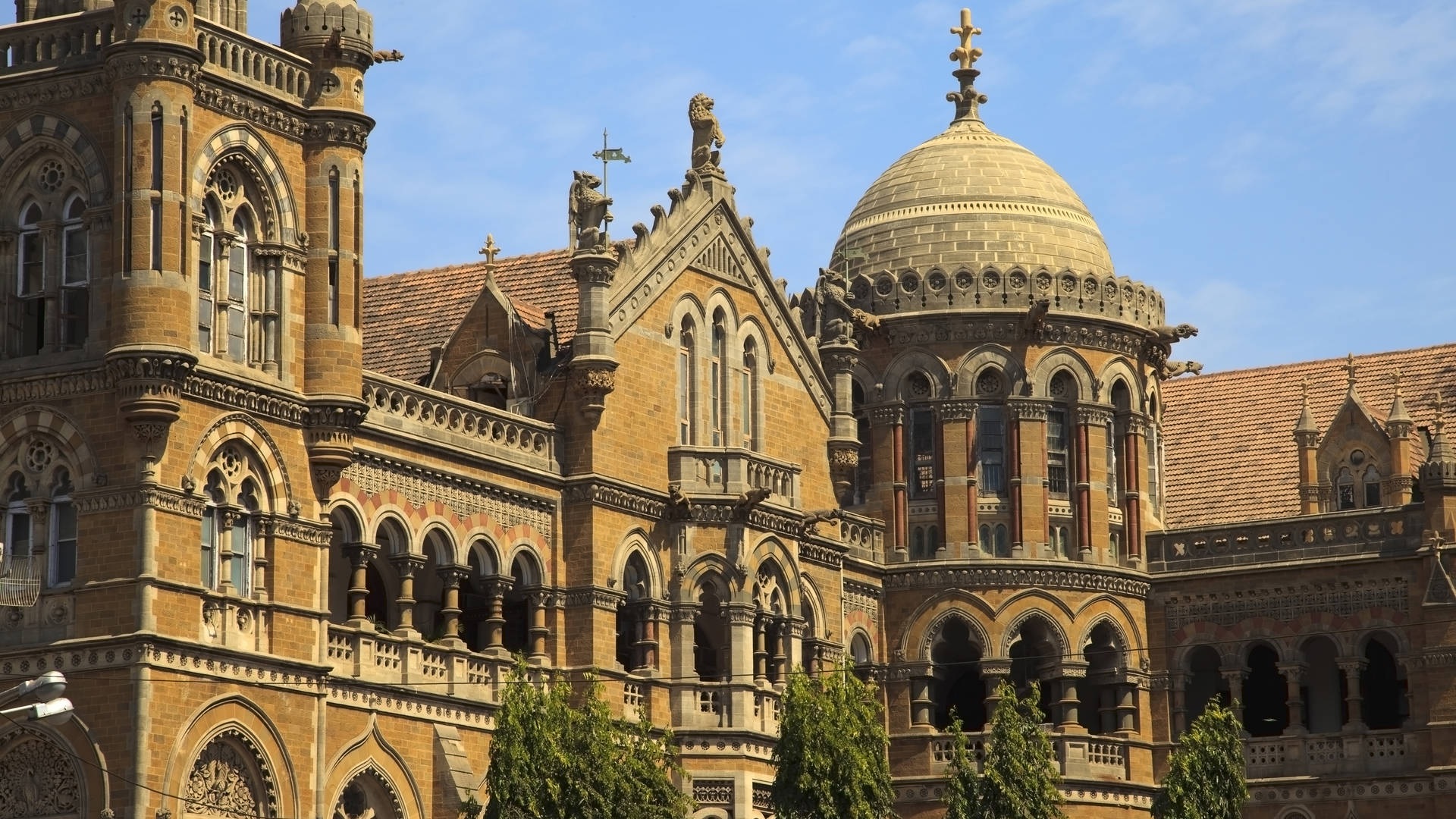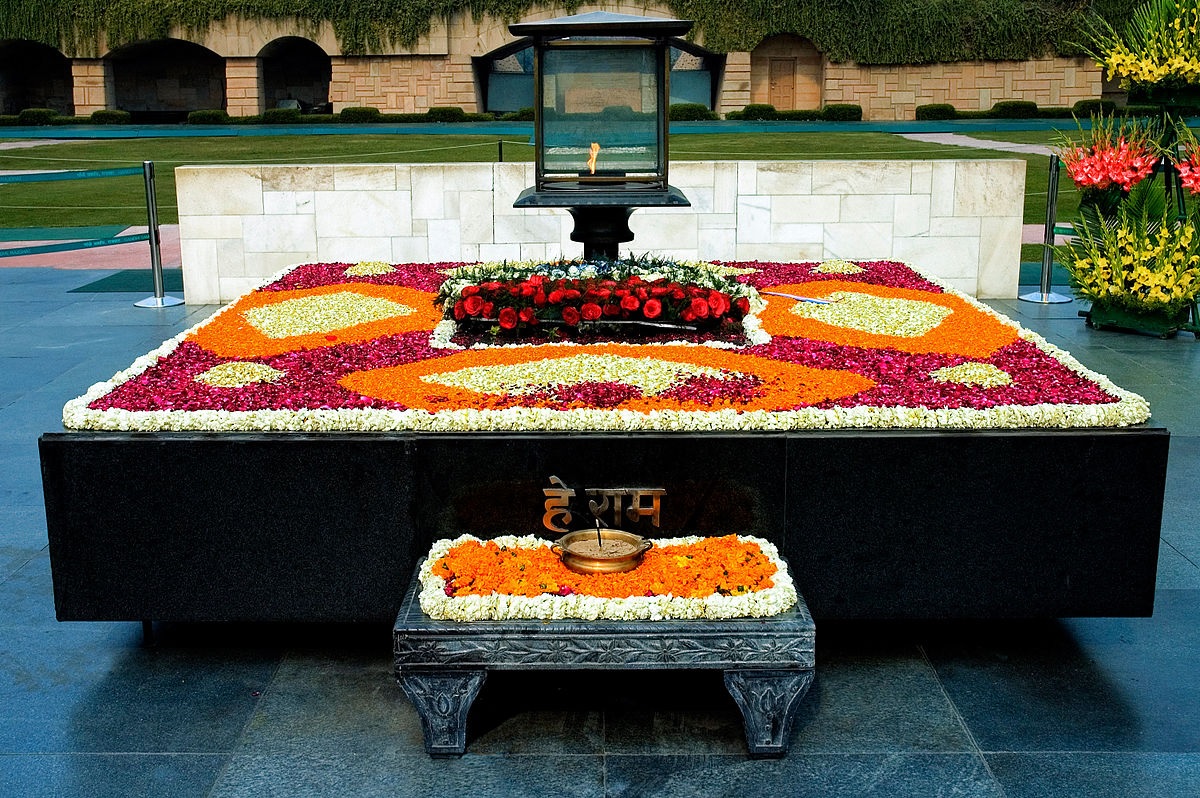Travel to India combines the most interesting cultural traditions, many religions, beautiful festivals, magnificent architecture, incredible landscapes, and exotic cuisine. The landscapes are fantastic: here are the snow-capped peaks of the Himalayas, tropical sun-kissed beaches, and dense evergreen forests. Holy places, a wealth of spectacular rituals tell you about a living history of religion. The cuisine is a special point to explore India. Each region of the country has its traditions and recipes.

Travel to India: Geography
Travel India is a federal republic in South Asia. The main part of the entire territory is located on the Hindustan Peninsula. The country borders Pakistan, China, Nepal, Bhutan, Bangladesh and Myanmar. It has maritime borders with the Maldives, Sri Lanka, and Indonesia. India is washed by the Indian Ocean, the Bay of Bengal, and the Arabian Sea. The coast is over 7000 km long. Most of the country is occupied by the Deccan Highlands. The entire territory of India is crossed by 7 mountain ranges, here is the highest mountain range in the world — the Himalayas. The largest rivers, the Ganges and the Brahmaputra originate in the mountains.
India consists of 29 states and 7 union territories. All of them are divided into districts and each district — into taluka.

What can you do and see here?
Every tourist who Travels to India sees this country in his own way: some are shocked by the poverty, and some see the nicest people living in harmony and peace. One thing is undeniable — the beauty, sophistication, and grace of this land that you can see and feel in its history, architecture, dress, and vacations. India cannot leave anyone indifferent. Each region and city has its own identity, everywhere this country has its own “spice” and special taste.

One of the oldest and largest cities in the world, Delhi was founded around five thousand years ago. There is a legend that it was destroyed 11 times and reborn just as many times. This is the National Capital Territory of Delhi, which includes the New Delhi region — the official capital of India. Here you will find the governments of the country and the Delhi region. Travel to India, The capital of India “captivates” with its beauty, wealth of colonial mansions, and modern buildings. The city’s life is fast and noisy: the sounds of music from bars, the incessant beeps of cars, and hurrying passers-by merge here. And all this is accompanied by a pungent smell of spices. Old Delhi is characterized by colorful, narrow streets that have retained the spirit of the Mughal Empire. This part of the city is a treasury of monuments of ancient architecture, and religious and cultural objects reminiscent of all the peoples who lived in India. The most famous among them is the monument to the legendary Mahatma Gandhi; Jama Masjid is the largest mosque in India; Lotus Temple for all guests to enjoy; Red Fort — a grandiose Mughal fortress; Raja era presidential palace; Qutb Minar temple complex, known for the tallest minaret in the world. And if you want to learn as much as possible about this amazing country, visit the National Museum of India. It is the largest in the state, about 8 million people come here annually.

Travel to India: Mumbai is India’s most populous city, a major industrial center, and a cosmopolitan city that combines European and Asian cultures. This city is located on several islands of the Arabian Sea. Despite thousands of years of history, Mumbai did not officially become a city until 1672. It was the starting point for the colonization of India by the British East India Company. The city has several districts, but most of the attractions are concentrated in two — the south and north-west. Visit here one of the most important symbols of Mumbai and the place of worship of Indians — Haji Ali Dargah Mosque. Another pride of the city dwellers is the Gateway of India. After independence, the last British soldiers left the country through this gate. The only UNESCO World Heritage Site in Mumbai is the magnificent railway station, named after India’s national hero, Chhatrapati Shivaji. Once you arrive at the historic Dadabhai Naoroji Avenue, you will be immersed in the atmosphere of Mumbai. The city has preserved the spirit of the colonial era, there are many buildings in the style of English neoclassicism and neo-Gothic. Mumbai (the old name is Bombay) became the birthplace of Indian cinema. The first film was released in 1896. In addition to visiting cultural and historical sites, you can relax in town at the clean beaches of Aksa, Juhu, and Chowpatty.
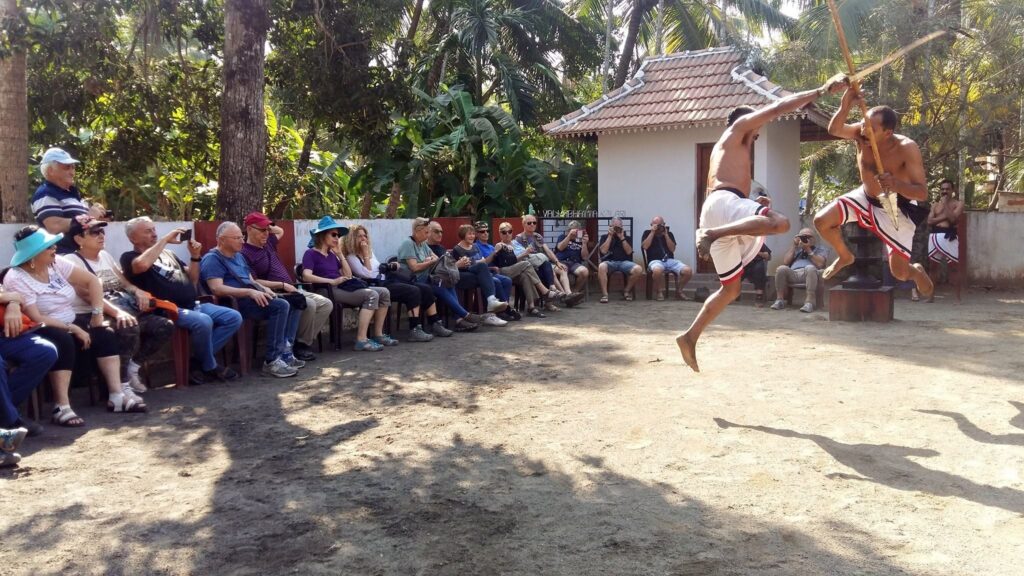
In northern India, on the banks of the Yamuna River, lies the city of Agra. A popular tourist destination and one of the New Seven Wonders of the World is the fabulous Taj Mahal Palace. It was built by the Padishah of the Baburid Mughal Empire, Shah Jahan, as a symbol of his enduring love for his wife, who died while giving birth to their fourteenth child. Later, the ruler himself was buried here. This palace is rightfully considered the pearl of Muslim art in India and is a UNESCO World Heritage Site. Also in Agra, a visit to the ghost town of Fatehpur Sikri is worthwhile; Ramba Garden — the first garden built by the Mughals in India; the tomb of Akbar and the mausoleum of Chini Ka Rauza. In Agra, there is the large Kaya Kalp SPA center where you can relax with pleasant treatments.

One of the most famous and densely populated Indian cities is Bangalore. The city is popular among tourists for its architectural monuments, temples, and beautiful natural parks. Here is the Bangalore Palace — the residence of the city’s rulers; the modern Sri Radha Krishna Temple dedicated to Radha and Krishna; Lal Bagh Botanical Garden and Tipu Sultan’s Palace. 30 kilometers from Bangalore, in the forest, there is a small settlement of Nritya Gram, which means “dance village”. This is a small educational town, inhabited only by girls who come here to study the art of dance. Entry into the school is every six years and there are no modern means of communication — there is only a dance atmosphere.
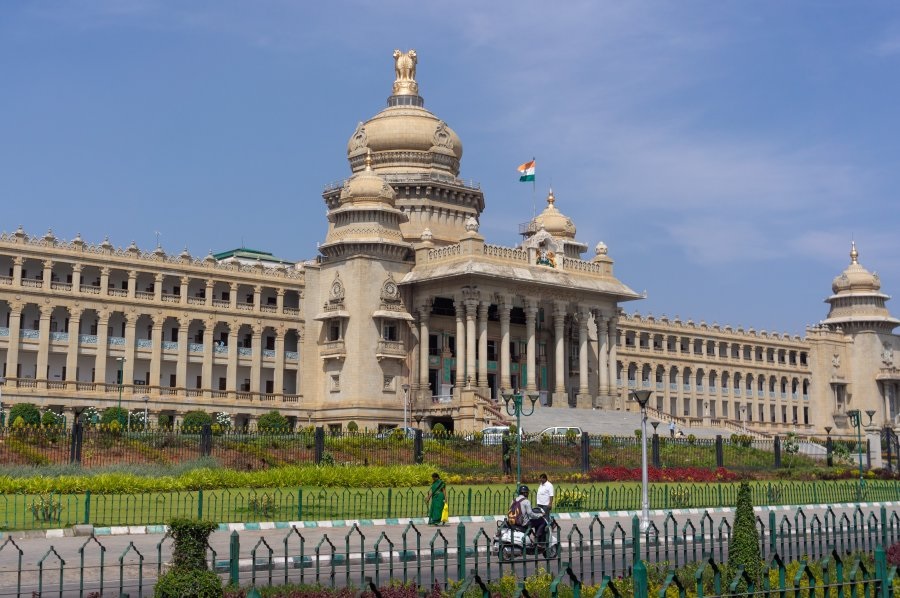
Kolkata (known as Calcutta until 2001) is the capital of the eastern Indian state of West Bengal. The city was founded in the 1690s and was the capital of British India. Kolkata is rich in colonial-era sights and monuments, including — the beautiful white-stone Cathedral of St. Paul; Victoria Memorial, erected in honor of the British Queen; Fort William — one of the first structures built by the British. The city is home to the oldest zoo in India — Alipore, founded in 1876.

Another city that will be interesting in India is Jaipur. The city is nicknamed the “pink city” because of the delicate pink color of the stone used in the construction of most of the buildings. A city with a special atmosphere, living history, and beautiful architecture. To get to know Jaipur better — plan a walk as all the attractions are in the old city surrounded by a wall. The City Palace — the former residence of the rulers of the state of Rajasthan — is located in the seventh part of the ancient city. Here is a museum with a rich collection of antique clothes, weapons, and household items. The star attraction of Jaipur is rightly the Hawa Mahal (“Palace of Winds”). The entire facade consists of almost a thousand small windows that allow air to flow through the building on hot days — that’s what the name means. There used to be a harem of Maharaja here. Be sure to visit the Amber Palace complex, which is distinguished by the luxury of interior decoration and strict external fortifications. Be sure to visit the Jantar Mantar Observatory; Temple complexes of Vrindavan and Galtaji and admire the city from the top of the Sarga-Suli tower. Jaipur is a city of artisans, the jewelry capital of India. Fantastic jewelry of ideal beauty is created here, which can be bought as a souvenir of a trip to this distant land. Travel to India
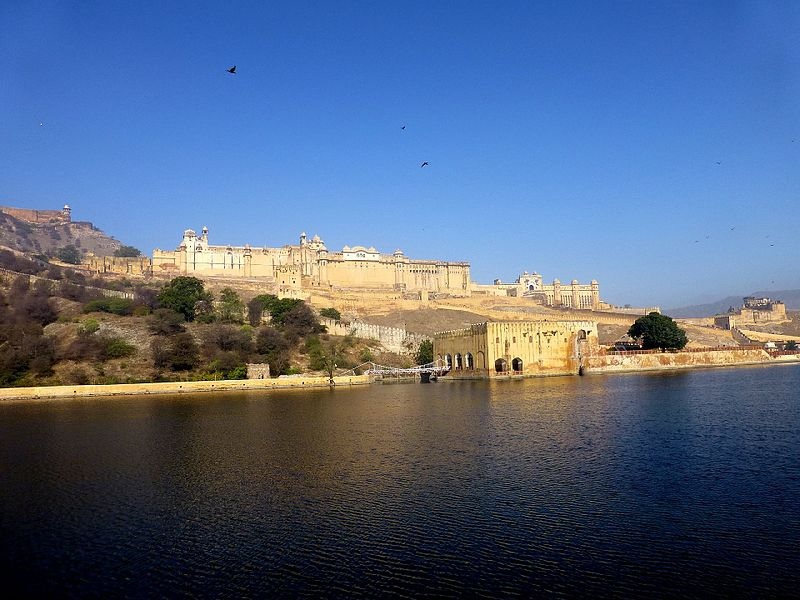
In the southwest of India, on the coast of the Arabian Sea, there is the smallest state in India and the most popular resort — Goa. It is divided into northern and southern parts. The capital is Panaji and the largest city is Vasco da Gama. This is a great place for diving, here you can see turtles, stingrays, tuna, barracuda, sharks, and many other underwater creatures. Goa has many architectural monuments as well as some important Hindu temples: Shantadurga, Mangesh, and Mahal. Goa attracts thousands of tourists with its unique nature reserves: Bondla, Bhagwan Mahavir, Bhadra, Anshi National Park.
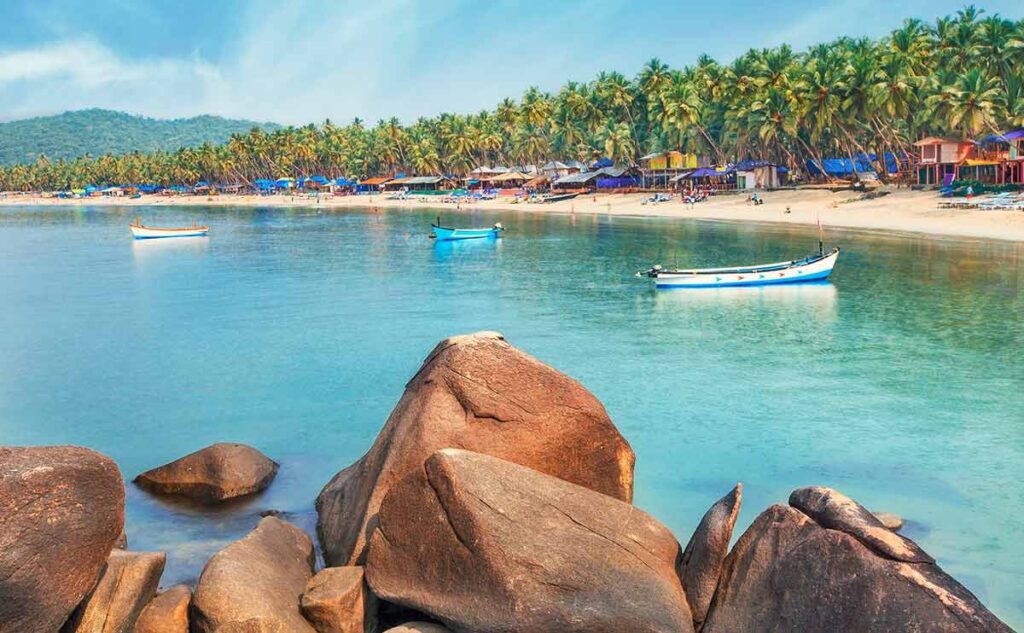
What should be considered when traveling to India?
India is unusual, many things are wondrous for visitors here, but it is precisely these characteristics of the country that attract tourists. For a comfortable journey, you should pay attention to a few points.
- India is not a country where viruses are born and spread around the world. Whether or not you get vaccinated is a personal decision. You are advised to familiarize yourself with the information about diseases in India and then make a decision.
- Note that agreement is expressed by shaking the head, similar to “ah-ah-ah” (oh my gosh!), instead of the usual nod.
- In India, driving on the left and complying with traffic rules is very arbitrary. Most often, drivers beep on the road, give a signal and immediately begin any maneuver.
- Indian cuisine is characterized by a large number of hot spices — not every stomach can stand it. Therefore, when ordering dishes in cafes and restaurants, ask that the food is not spicy.
- You can only use bottled water from the store. It is better to drink it without touching the neck of the bottle, pour it directly into your mouth, or use a pipe you brought with you.
- Sweets are a special way of communication in India. When you give someone candy, you are expressing sympathy, gratitude and respect. It is not customary to refuse gifts in the form of sweets. This will greatly offend the giver, but you are under no obligation to eat them.
